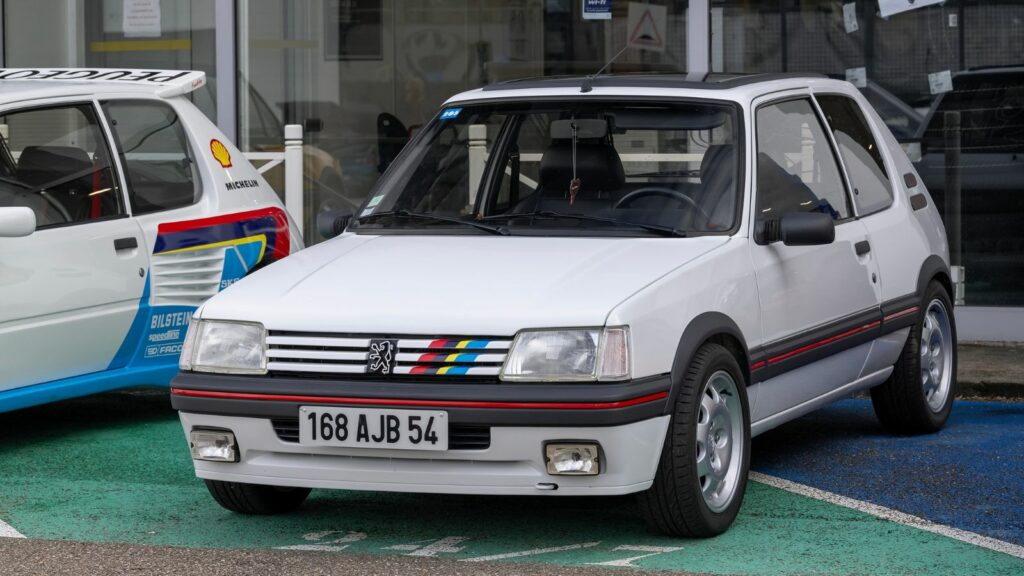Driving down the highways of America, you’ll see an endless parade of sedans, SUVs, and trucks. But lurking in the shadows are rare and forbidden vehicles that’re not even allowed on US soil without serious legal wrangling. These cars have been banned from US roads. Here are 9 cars that have been banned on US roads.
Nissan Skyline R34 GT-R
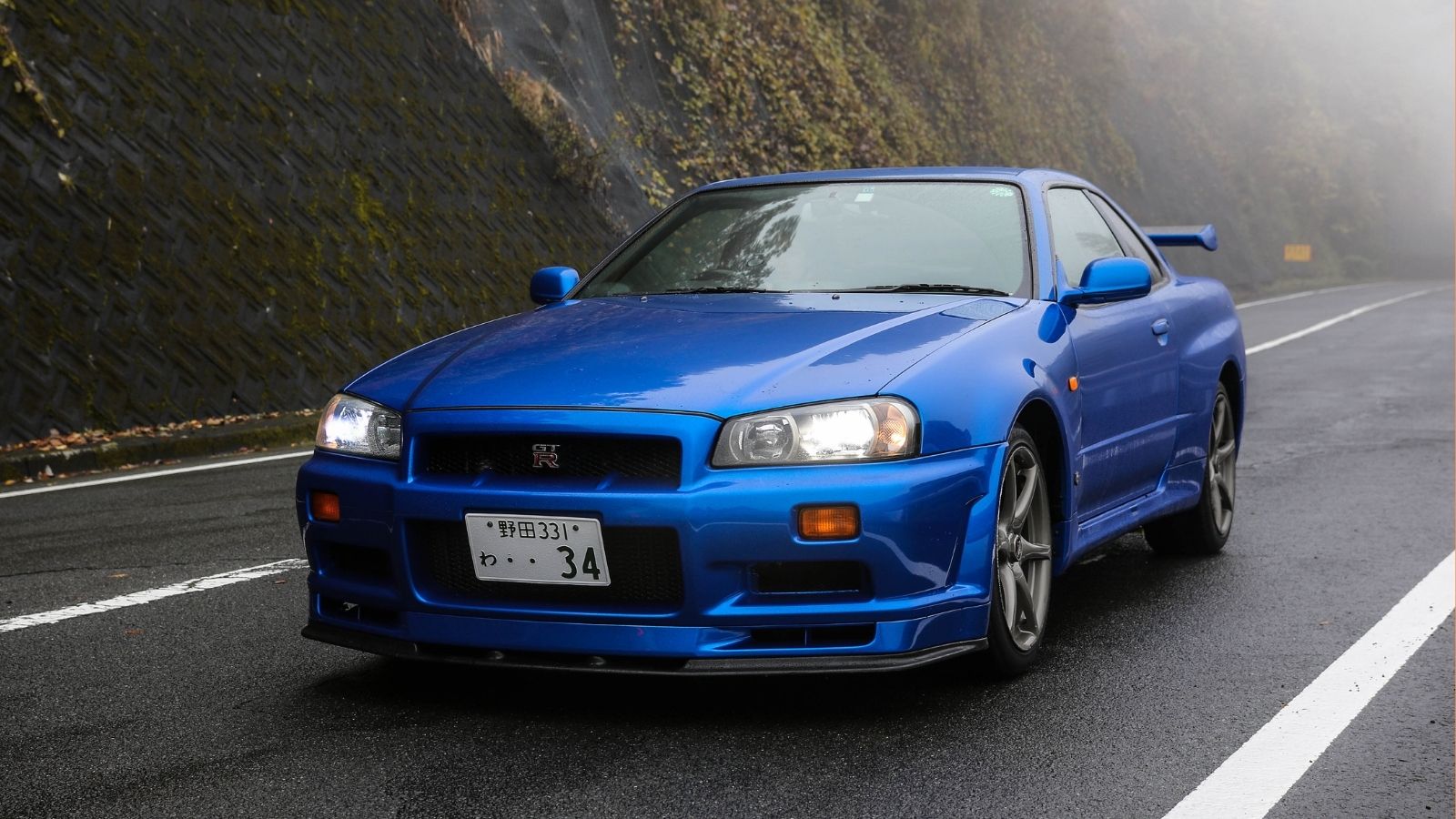
If you’re a fan of car culture or have seen any of the Fast and Furious films, the Nissan Skyline R34 GT-R is the ultimate JDM (Japanese Domestic Market) icon. Dubbed Godzilla for its monster performance, this turbocharged beast is equipped with all-wheel drive and a 2.6-liter twin-turbo inline-six engine that spits out 276 horsepower, though it’s rumored to be much more. Despite its incredible speed and cutting-edge technology, the R34 remains forbidden on US roads because it doesn’t comply with American emissions and safety standards.
TVR Sagaris
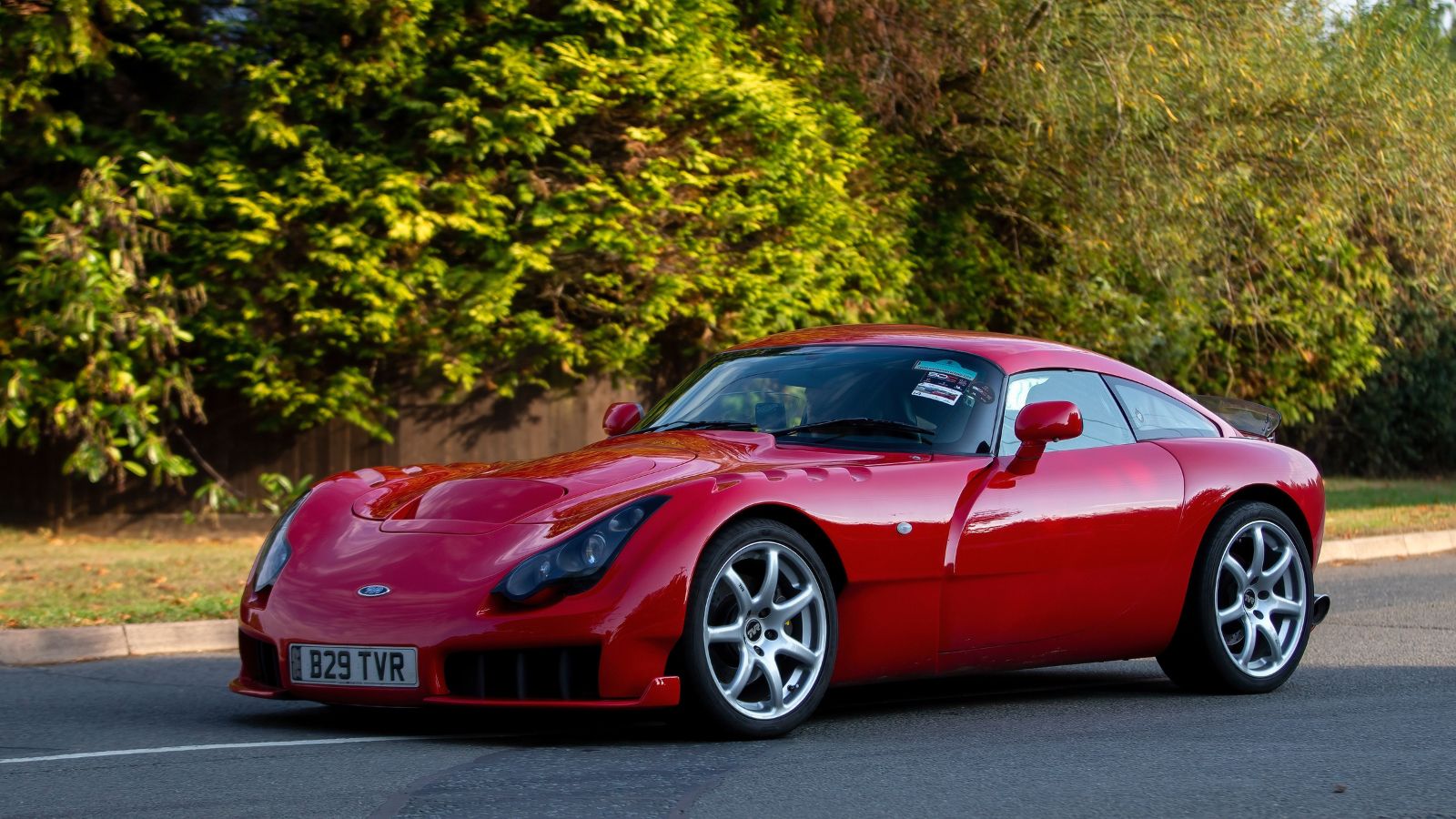
The TVR Sagaris is a car as wild as it looks. Known for its outlandish design and a reputation for being too wild, this British sports car was designed without basic driver aids like ABS or traction control. In other words, it’s a purist’s dream and an insurance company’s nightmare. Powered by a 4.0-liter inline-six engine, the Sagaris boasted 406 horsepower and could hit 60 mph in under four seconds. The US regulatory bodies were less impressed. The TVR Sagaris fails to meet US crash safety standards, and its lack of stability control means it poses too much of a risk to American drivers.
Porsche 959
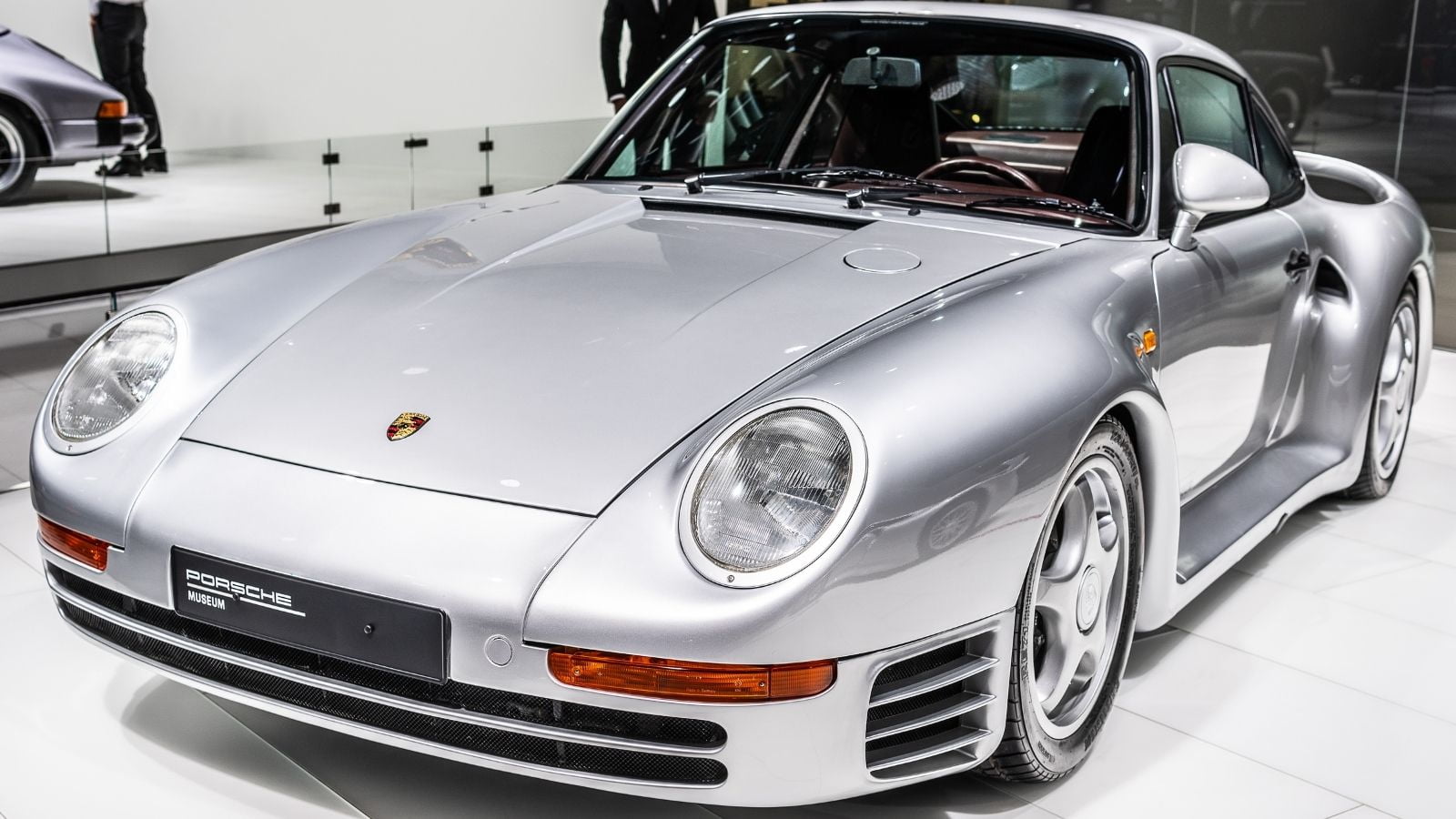
The Porsche 959 was a technological marvel in the 1980s. With twin turbochargers, all-wheel drive, and active aerodynamics, this car was light years ahead of its competition, laying the foundation for future supercars. It could reach 197 mph, making it the fastest street-legal production car. However, its tech-heavy build and limited production numbers made it difficult for Porsche to justify the extensive and expensive crash testing required by US regulators. While a handful of 959s have since been allowed in the U.S. under the “Show or Display” rule, the majority are still forbidden unless they’ve been privately modified to meet American standards.
Lotus Elise Series 1
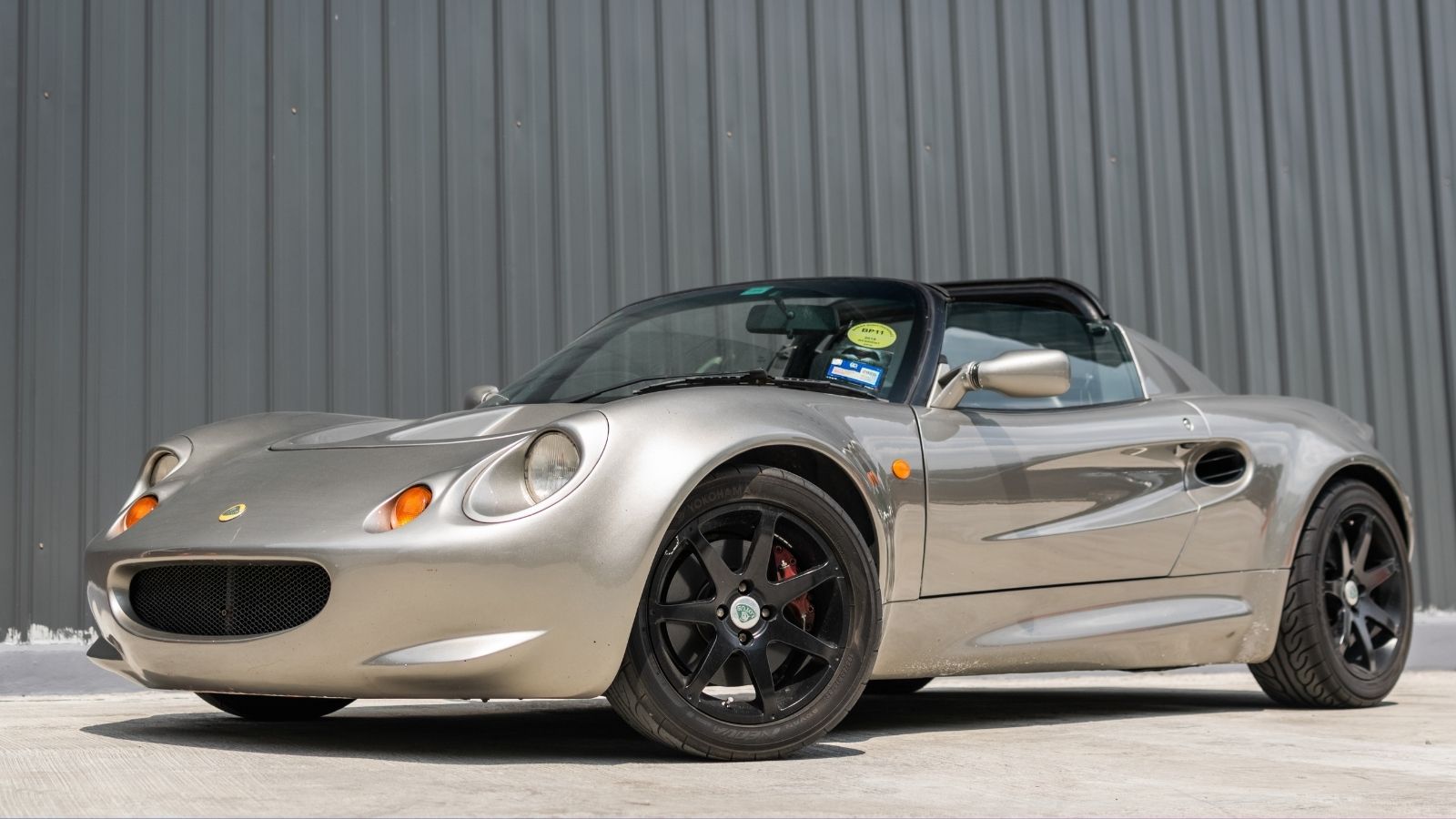
The Lotus Elise is famous for being light and elegant, and the epitome of less is more in automobile design. Its bare-bones approach made it a favorite for track enthusiasts and purists who prefer performance over luxury. The Series 1 Elise, which came with a modest 1.8 liter engine producing 118 horsepower, was banned in the US for lacking airbags and other essential safety equipment. When Lotus later introduced the Series 2 with compliant safety standards, American drivers were finally allowed to enjoy this track weapon, but the Series 1 remained out of reach.
Land Rover Defender
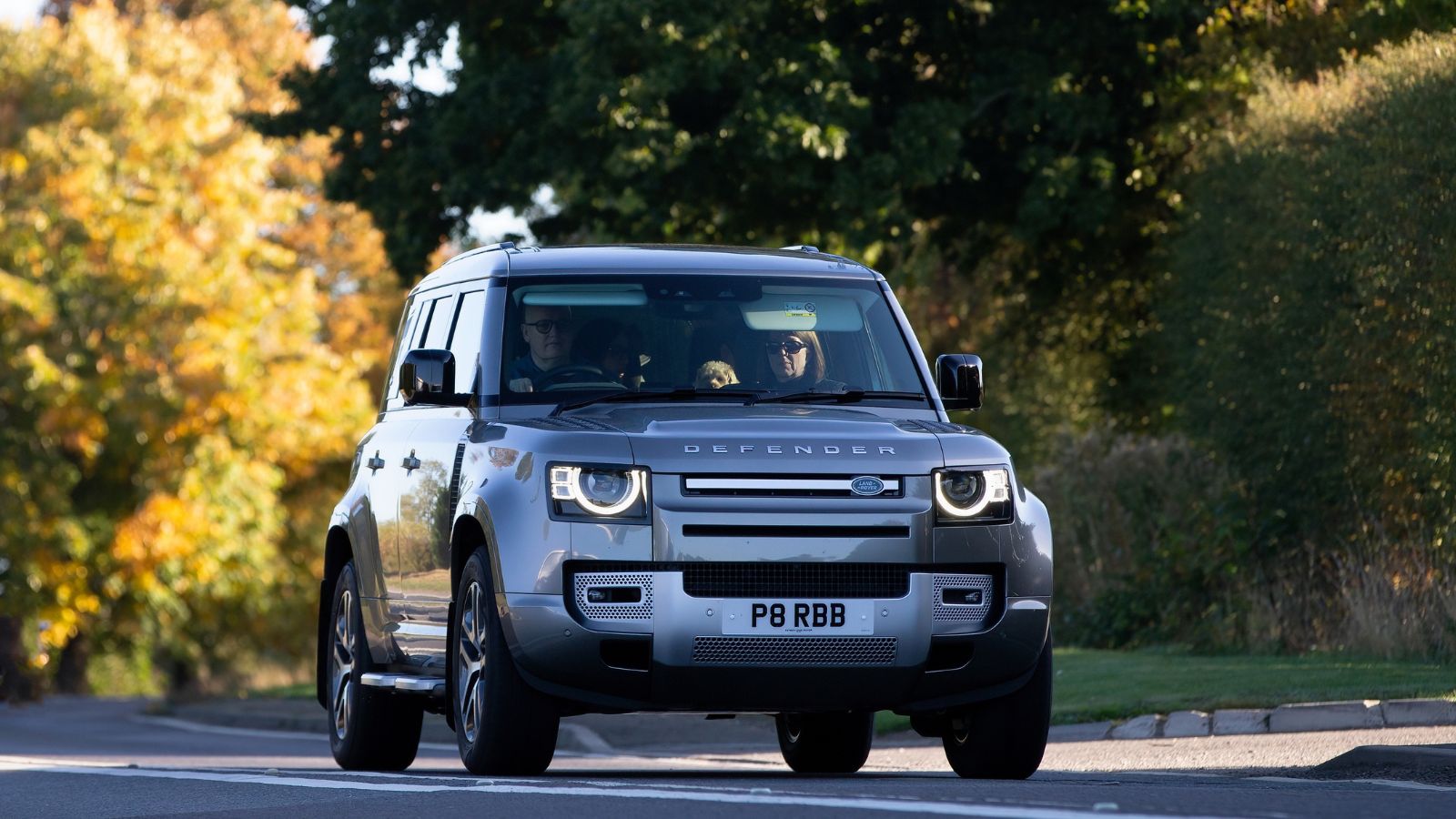
Few vehicles are as iconic and rugged as the Land Rover Defender, beloved by off-roaders for its go-anywhere, do-anything capabilities. However, after 1997, Defenders were banned in the US because they didn’t comply with modern safety and emissions regulations. The classic, boxy design never incorporated airbags, side impact protection, or anti-lock brakes, all features that US regulators deem essential for road safety.
Peugeot 205 GTI
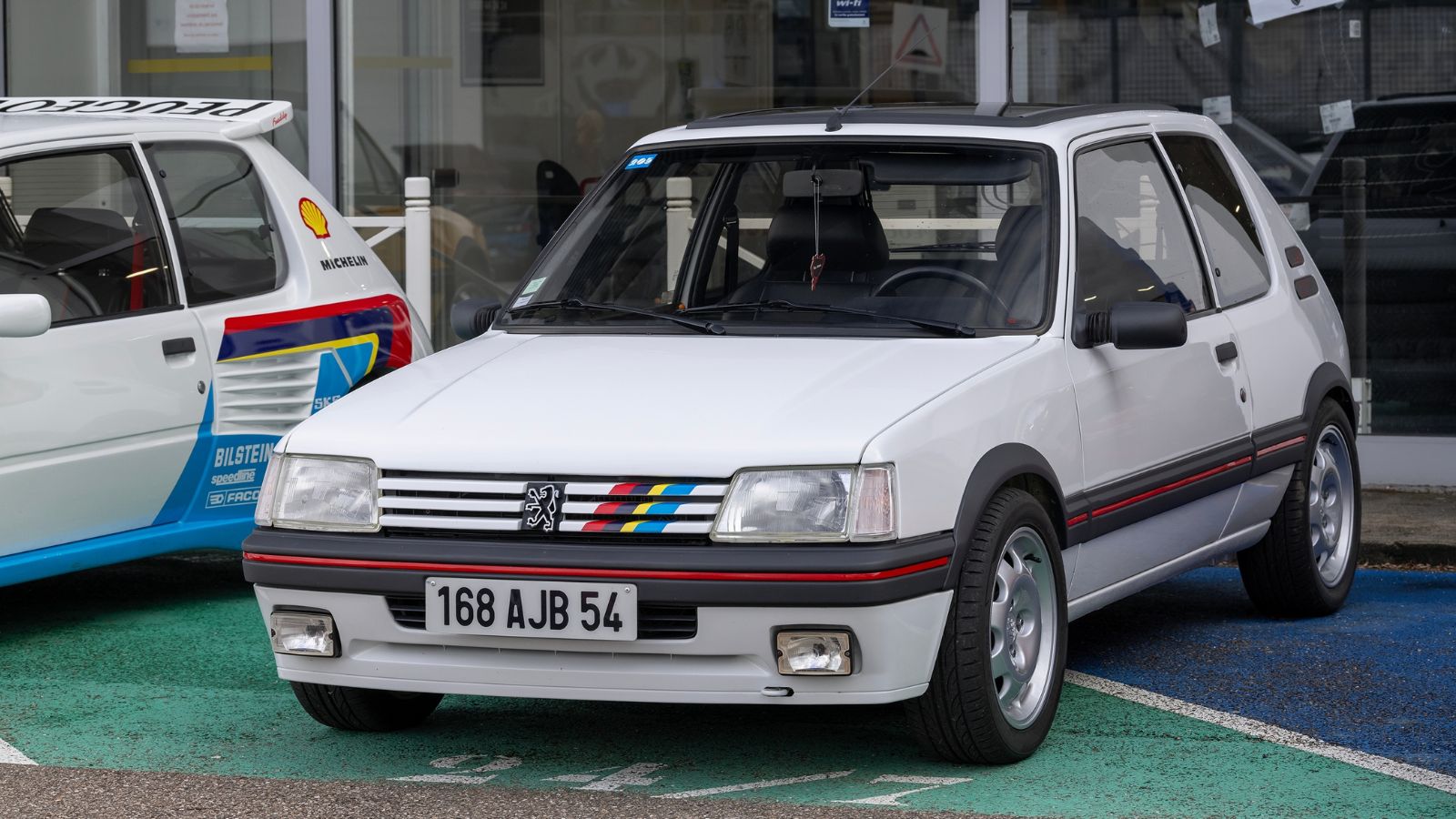
The Peugeot 205 GTI is considered one of the greatest hot hatches in Europe. It was known for its lively handling, lightweight, and spunky 1.6 or 1.9-liter engine options. However, Americans never got to experience this joy on wheels because Peugeot didn’t meet US emissions standards. As a result, the 205 GTI remains a European delicacy, available only to those willing to take on the challenge of importation and all the paperwork that comes with it.
Jaguar XJ220
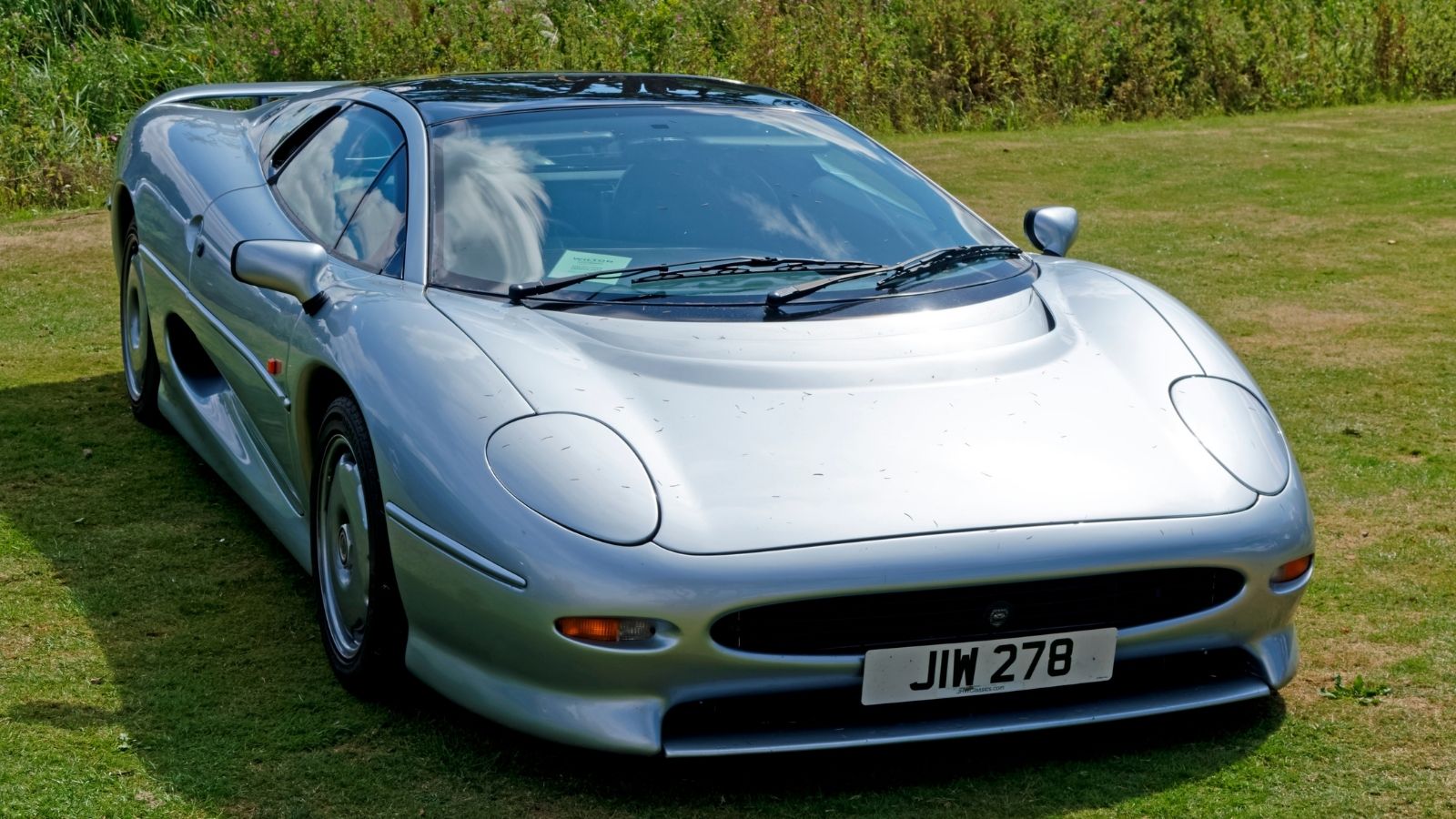
The Jaguar XJ220 was a car of superlatives. At one point, it was the fastest production car in the world, with a top speed of 212 mph. Despite its impressive stats, including a twin-turbo V6 engine and futuristic design, the XJ220 was never sold in the US because it didn’t meet federal crash testing standards. However, as the car inches closer to the 25-year rule, enthusiasts can legally import this feline supercar, finally making it available to American collectors (at a hefty price, of course).
Smart Crossblade
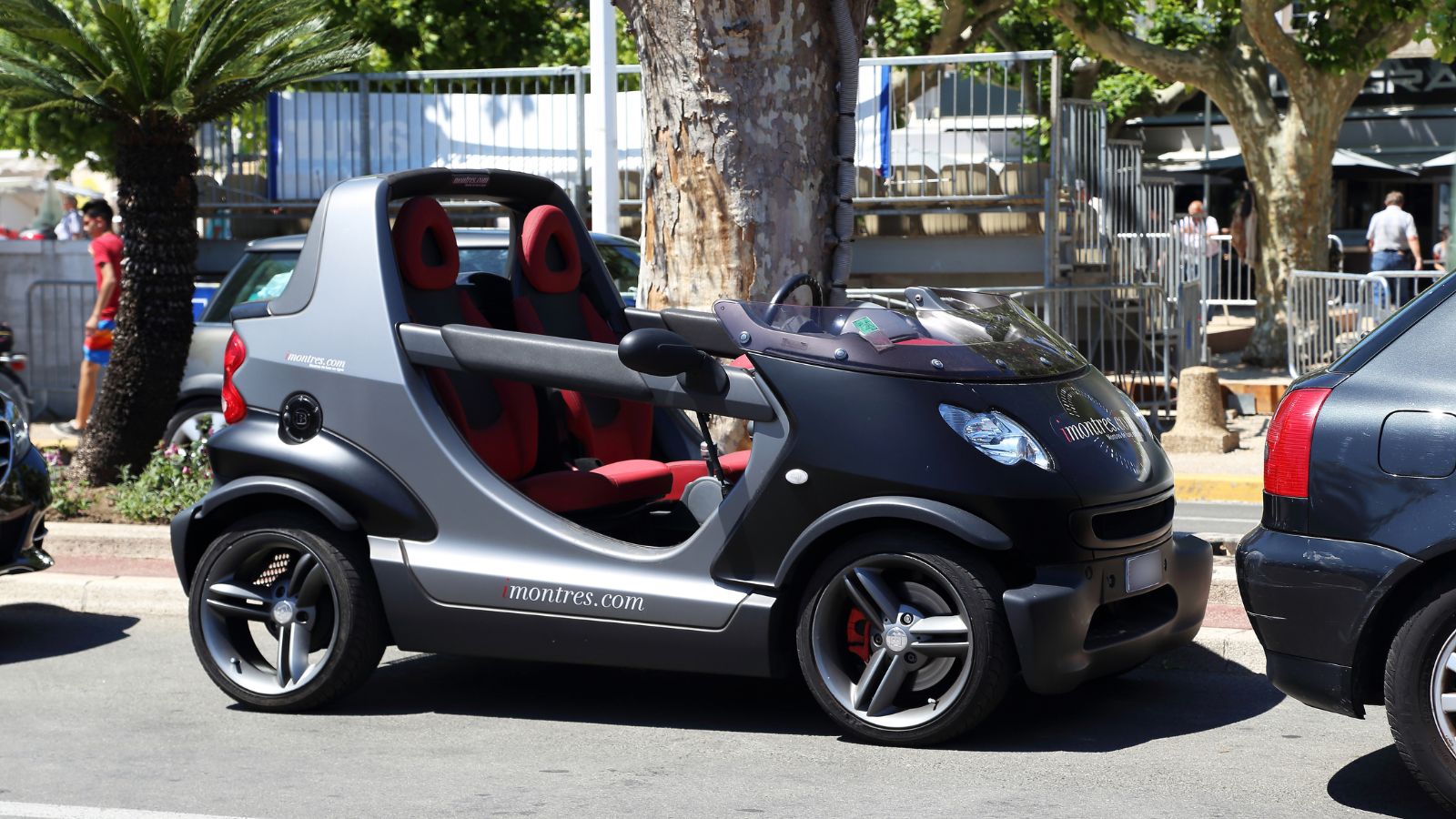
Smart cars are known for being tiny, quirky, and city-friendly, but the Smart Crossblade took quirkiness to new heights. It had no roof, windshield, or doors, making it a thrilling or terrifying prospect for drivers. While it was a niche success in Europe, US safety regulators saw it as a liability waiting to happen. The lack of essential protection meant it was far from meeting American safety standards.
Mazda Cosmo
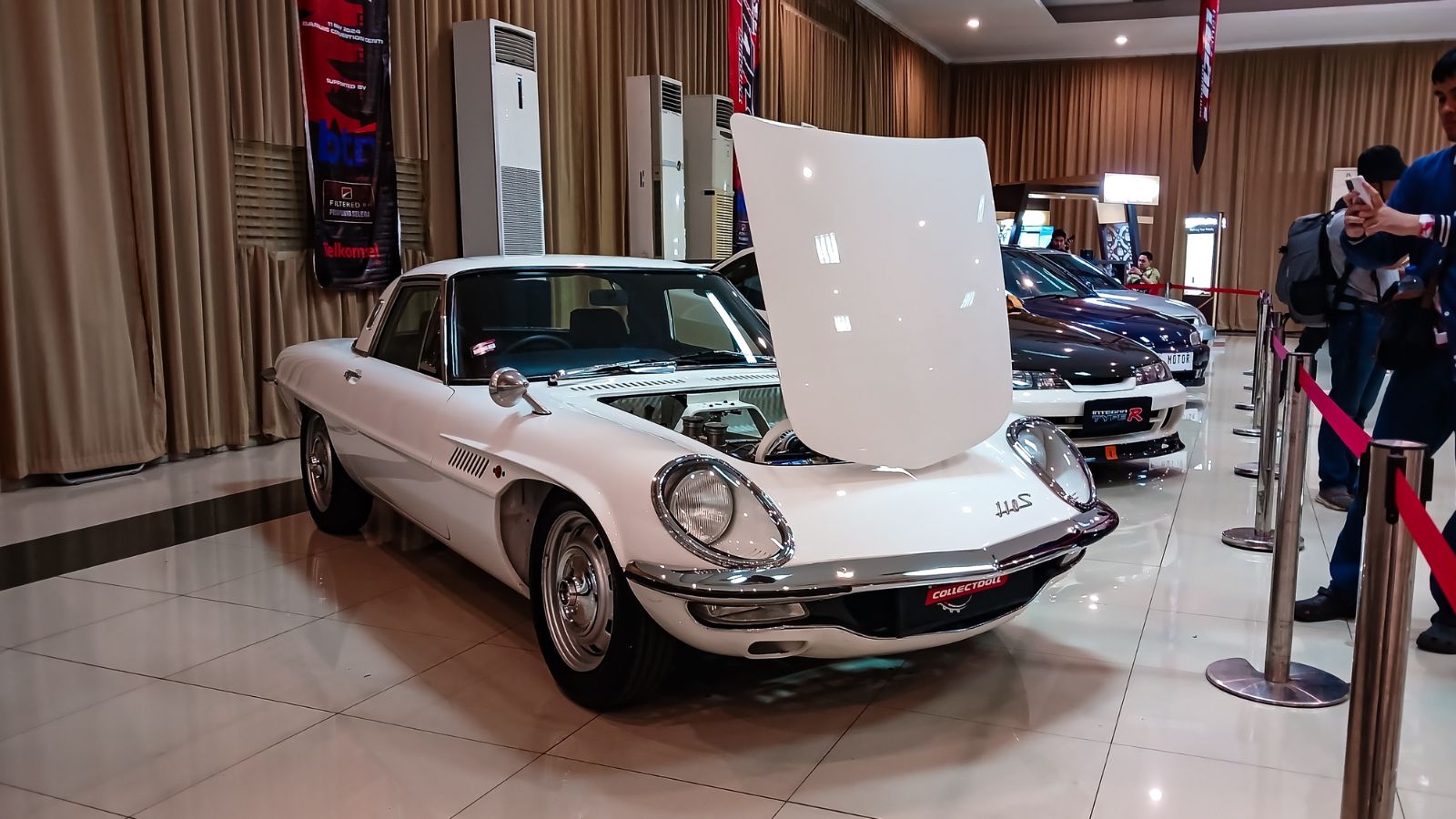
The Mazda Cosmo was the world’s first mass-produced car powered by a rotary engine, and it set the stage for Mazda’s rotary-powered future. Despite its innovation and futuristic design, the Cosmo never made it stateside. At the time, rotary engines were still relatively untested and didn’t meet the stringent US emissions requirements. While rotary engines would later become more refined, the original Cosmo remains a Japan-only gem available only through importation loopholes.
25 Facts About Car Loans That Most Drivers Don’t Realize

Car loans are one of the most common ways people fund car purchases. Like any other kind of loan, car loans can have certain features that can be regarded as an advantage or a disadvantage to the borrower. Understanding all essential facts about car loans and how they work to ensure that you get the best deal for your financial situation is essential. Here are 25 shocking facts about car loans that most drivers don’t realize:
25 Facts About Car Loans That Most Drivers Don’t Realize
